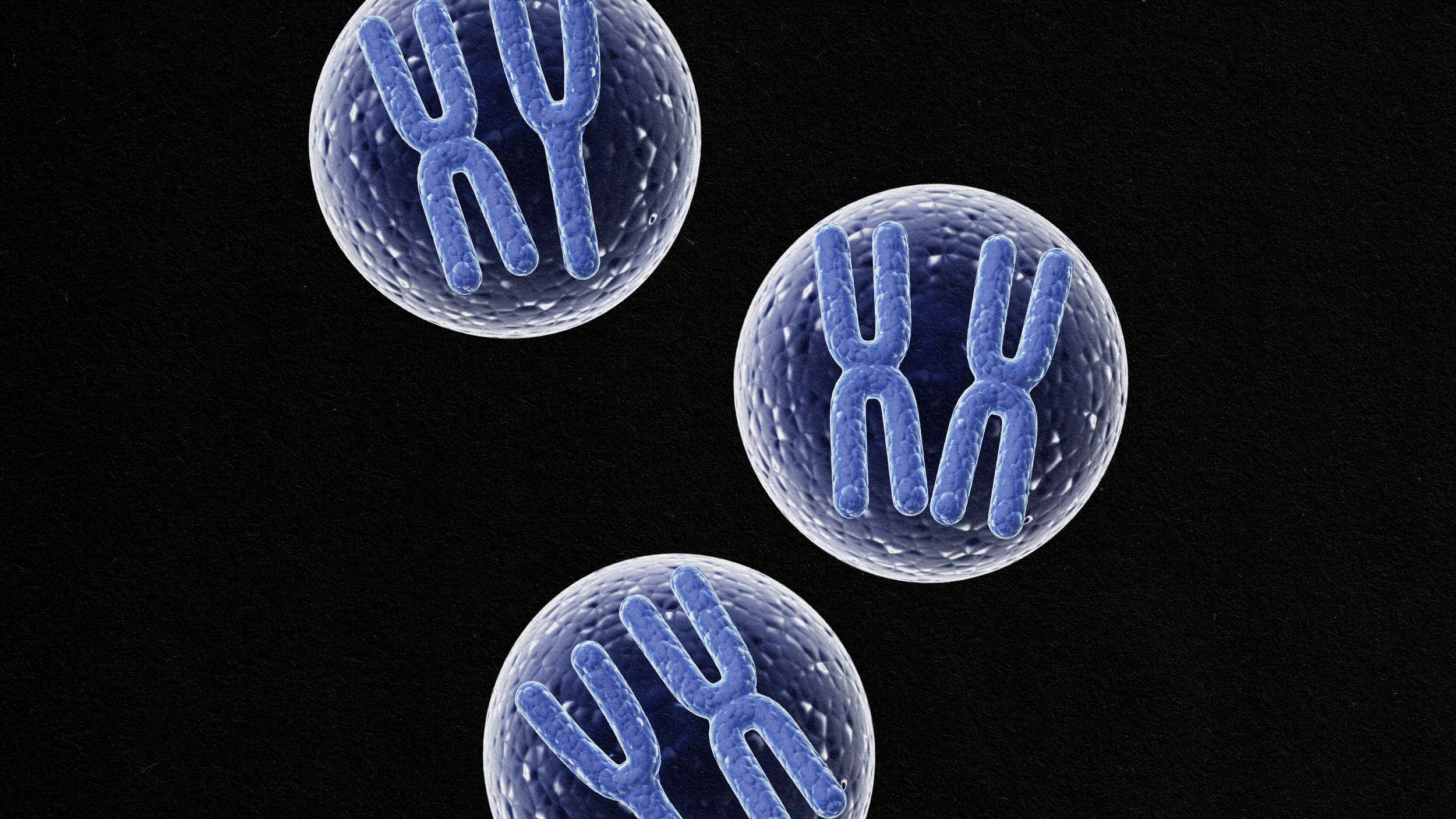Is autism caused by environmental or genetic factors?

Ritesh Uttamchandani/Hindustan Times via Getty Images
- Judging from their headlines, two recent studies seem to produce contradictory findings in regard to whether autism spectrum disorder (ASD) is mostly due to the environment or mostly due to genetics.
- Digging deeper, however, it’s clear that they do not contradict; taken together, they paint a clearer picture of the nature of ASD than we had before.
- This potential misunderstanding serves to highlight what can happen when we focus too much on a science news headline and not on the context of scientific results.
Recently, two studies came out with seemingly contradictory findings on the cause of autism. One study by Bai et al. used a massive sample of 2 million children from across the globe in a statistical analysis. They came to the conclusion that 80 percent of the risk of developing an autism spectrum disorder (ASD) is due to genetics. The other study, conducted by Abdelli et al., found that a common food preservative, propionic acid (PPA), affected the growth of neural stem cells such that they were more likely to result in ASD. Following from this, their conjecture was that pregnant mothers consuming this common food preservative would be more likely to have ASD children.
So, which is it? Is ASD mostly due to genetics or mostly due to environmental factors? ASD occupies a place of power in our psyche — one only has to look at the persistence of pseudoscientific beliefs like the long-debunked theory that vaccines cause autism. In addition, the idea that we have control over whether or not our children are healthy is inherently appealing. Just tweak your diet and everything will turn out fine. If we were to only read the headlines, in the face of apparently contradictory findings such as these, we might feel tempted to simply select the finding that fits our world view best, but giving into this temptation simply doesn’t reflect a mindset that’s interested in objective reality. So, let’s dive into the nitty-gritty.
What did these studies find?
First, the Bai et al. study found via statistical analysis that roughly 80 percent of ASD risk was genetically derived, with the remaining 20 percent connected to uncertain environmental factors. Of this remaining 20 percent, only 1 percent was due to maternal factors, such as weight or diet.
The Abdelli et al. study selected PPA as its focus because individuals with ASD have been found to have a different microbiome than neurotypical individuals. In the ASD gut, there are more bacteria that produce PPA as a byproduct. PPA plays an important role in the nervous system, modulating cell signaling, but Abdelli et al. suspected that too much of it could be toxic.
To test this, Abdelli et al. exposed cultured neural stem cells to PPA. Untreated neural stem cells tended to differentiate equally into either neurons or glial cells. The latter are a kind of support cell for neurons; they don’t do the “thinking” that neurons do, but they provide structure, supply nutrients, insulate neurons from each other, and destroy old neurons and pathogens. The stem cells treated with PPA, however, tended to differentiate far more often into glial cells rather than neurons. This is significant because ASD brains have far more glial cells than neurotypical brains. Extrapolating from their laboratory evidence, Abdelli et al. concluded that a fetal brain exposed to more PPA, such as through the mother’s diet, will grow more glial cells and therefore become more likely to become an ASD brain.
So, do these results contradict each other?
Not really. It’s true that Abdelli et al. connect a mother’s PPA exposure to a greater likelihood of their child developing ASD. This does seem to conflict with Bai et al.’s finding that only 1 percent of ASD could be attributed to maternal effects. It’s important to remember that Abdelli et al. conducted an in vitro laboratory experiment, not an experiment on pregnant mothers, which would be wildly unethical. PPA’s actual activity in the human body could very well be significantly different than its effect in the lab, potentially such that it winds up contributing to that 1 percent. (Abdelli et al. also plan to conduct future experiments on mice to verify their in vitro findings).
What’s more, Bai et al.’s study does not and could not account for all forms of maternal effects. The amount of PPA, for instance, that a mother consumes is not something that this study examined directly, and so it may be the case that environmental factors play a larger role than the reported 1 percent of variance.
However, the magnitude of genetic effects in Bai et al.’s study paints a very clear picture: ASD is mostly caused by genetics. If you were to only read the headlines, these two studies would seem to paint a binary, mutually exclusive picture of how ASD comes to be. Taken together, they demonstrate what scientists expected — ASD is caused by a combination of genetic and environmental factors, but mostly the condition is genetically derived.
Despite this consensus among the scientific community, the media and general public seem to lean towards a focus on the environmental factors. People want to be able to control the outcomes of their lives, so findings that suggest that all you need to do to have a healthy, neurotypical child is to eat the right foods, be the right weight, or exercise the right amount are profoundly appealing. It will be beneficial to do these things, there is no doubt about that. But scientific findings do not exist in isolation; ignoring their context creates an inaccurate picture of the world.





